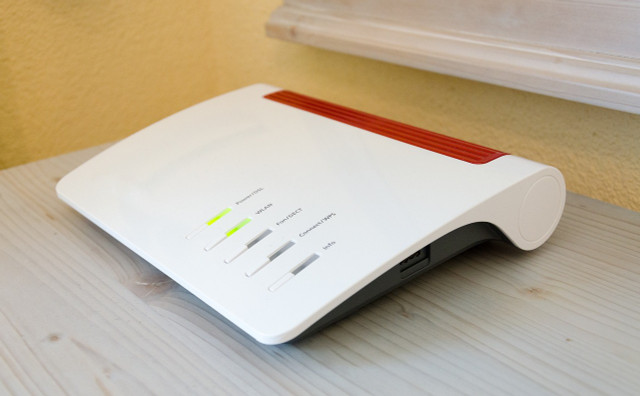
Electrohypersensitivity describes a phenomenon in which those affected react to electromagnetic radiation with a number of symptoms. You can find out exactly how this works and what current research findings say here.
Electromagnetic fields are everywhere in our everyday lives. We come into contact with them through the WiFi in our own apartment, the WiFi in neighboring apartments, smartphones or cell phone towers.
People who suffer from electrohypersensitivity (EHS) say they experience headaches, heart problems and other problems when they are exposed to particularly high levels of radiation. However, the phenomenon has not yet been scientifically recognized as an illness.
Electrohypersensitivity: Not recognized as a disease
According to a press release from the organization diagnose:funk, the following symptoms can occur with electrohypersensitivity:
- heart problems
- exhaustion
- Sleep problems
- Difficulty concentrating
- Headache
- Pain in the chest area
The fact that the phenomenon is not classified as a disease is because researchers have not yet been able to clearly prove that electromagnetic radiation is actually the cause of the symptoms, according to the WHO.
What has been proven so far is the fact that some people can sense electromagnetic fields. According to Quarks, this phenomenon is called electrosensitivity. However, according to current scientific knowledge, there appears to be no connection between electrosensitivity and electrohypersensitivity. This means that people who can sense electromagnetic radiation do not necessarily suffer from the described symptoms of electrohypersensitivity. Conversely, electrosensitive people cannot automatically perceive the radiation.
Electrohypersensitivity: Current Debates and Demands
Since electrohypersensitivity is not recognized as a disease, it cannot be diagnosed as such. Those affected can therefore currently only have individual symptoms (such as headaches or heart problems) treated.
However, some national and international institutions have already recognized electrohypersensitivity as a disease and are calling for regulations to protect electrosensitive people from electromagnetic radiation. According to diagnose:funk, these include the European Parliament, the EESC and the Council of Europe. The European institutions criticize that the 5G network increases the suffering of electrosensitive people.
The Baden-Württemberg State Medical Association also calls for cell phone-free zones to be introduced in public spaces and for reports of side effects of electromagnetic radiation to be collected and documented by central authorities. The Technology Impact Committee of the German Bundestag also recommends establishing “protection zones” in which the use of cell phones, for example, is restricted.
How electrosensitive people can protect themselves

(Photo: CC0 / Pixabay / USA travel blogger)
According to diagnose:EHS, it is essential for people with electrohypersensitivity to limit contact with electromagnetic radiation. The body can only recover in a low-radiation environment. To do this, you can follow the following instructions:
- Unplug all plugs in the bedroom before you go to bed. You can also do this regularly during the day if you don’t need certain devices.
- Only turn on WiFi or mobile data when you need internet. Switch it off again as soon as possible after use.
- Use wired devices if possible. So it’s better to use conventional headphones with a cable connection and not Bluetooth headphones, use a landline connection instead of a cell phone and a LAN access instead of a WLAN router. Alternatively, you can use Blue Angel-certified DECT phones that have “Full Eco Mode” / “Eco Mode+”. These emit less radiation.
- If you use a WiFi router, place it as far away from your bedroom as possible and turn it off at night. You can also use routers that automatically turn off when no device is connected to the WiFi.
The smartphone is also a particularly strong source of radiation. Because we carry this with us all the time and often directly on our body. Therefore, make sure to keep it as far away from your body as possible, for example in a backpack or bicycle bag. Also switch it to airplane mode when you don’t need it or deactivate WiFi and Bluetooth. Also make sure to use a cell phone that has as little radiation as possible. You can find out more about this here:
It may also make sense to hire specialists who can measure the electromagnetic radiation in your home or at work and give you appropriate recommendations.
Read more on Techzle\.com:
- Electrosmog: This is how you deal with radiation in everyday life
- Cell phone radiation: This is how strong current top smartphones emit radiation
- How harmful are microwaves? That’s what lies behind it